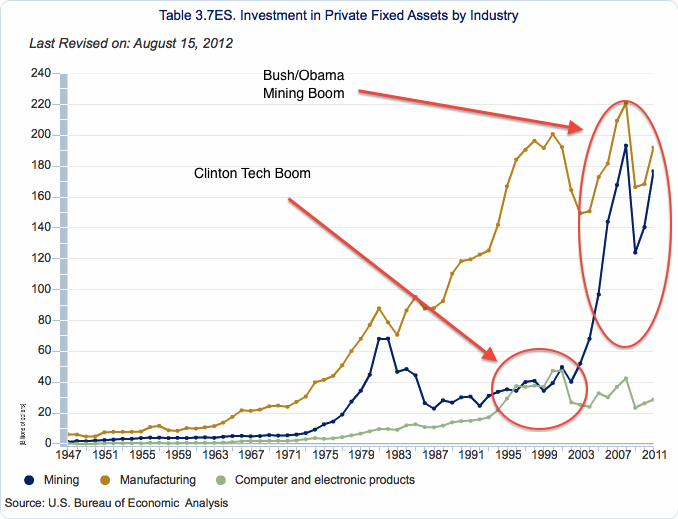Westward Expansion
The Evolution of US Economic Fortunes

The Evolution of US Economic Fortunes
Exploring the rich tapestry of U.S. economic history unveils a narrative marked by resilience, innovation, and transformative shifts. This journey through time provides insights into the key epochs that have shaped the economic fortunes of the United States.
Founding Fathers and Early Economic Foundations
In the nascent years of the United States, the Founding Fathers laid the groundwork for economic prosperity. Alexander Hamilton’s financial system, encompassing a national bank and a robust credit system, set the stage for economic development. The young nation sought economic independence through initiatives like protective tariffs and infrastructure development, laying the foundation for future growth.
Westward Expansion and Economic Opportunities
The 19th century witnessed the westward expansion, a pivotal chapter in U.S. economic history. The acquisition of vast territories fueled economic opportunities, with the development of agriculture, mining, and transportation. The completion of the transcontinental railroad further interconnected the nation, spurring economic growth and urbanization.
Industrial Revolution and Economic Transformation
The late 19th and early 20th centuries marked the era of industrialization, a transformative period in U.S. economic history. The rise of manufacturing, technological innovations, and the growth of corporations propelled the nation into an industrial powerhouse. This era saw the emergence of iconic figures like John D. Rockefeller and Andrew Carnegie, shaping the landscape of American capitalism.
The Roaring Twenties and Economic Exuberance
The 1920s ushered in a period of economic exuberance known as the Roaring Twenties. The stock market soared, consumer spending surged, and technological advancements contributed to widespread prosperity. However, this economic euphoria was short-lived, culminating in the devastating crash of 1929 and the onset of the Great Depression.
New Deal and Economic Recovery
In response to the economic devastation of the Great Depression, President Franklin D. Roosevelt introduced the New Deal. This series of programs aimed to stimulate economic recovery, provide relief to the unemployed, and reform the financial system. The New Deal played a crucial role in shaping the social and economic landscape of the United States.
Post-War Economic Boom and Global Leadership
The aftermath of World War II witnessed a remarkable economic boom in the United States. The nation emerged as a global economic leader, experiencing rapid industrialization and technological advancements. The GI Bill, infrastructure development, and a growing middle class contributed to sustained economic growth, defining the mid-20th century as an era of unparalleled prosperity.
Challenges of the 1970s and Economic Restructuring
The 1970s brought economic challenges, including stagflation, oil shocks, and manufacturing decline. This tumultuous period prompted a shift in economic policies, with an emphasis on deregulation, free-market principles, and globalization. The restructuring of industries and the rise of the service sector marked a significant transformation in the U.S. economic landscape.
Technology Boom and the Information Age
The late 20th century witnessed a technology boom, catapulting the United States into the Information Age. The rise of Silicon Valley, the internet revolution, and advancements in communication technology transformed industries and created new economic opportunities. This era saw the emergence of tech giants
